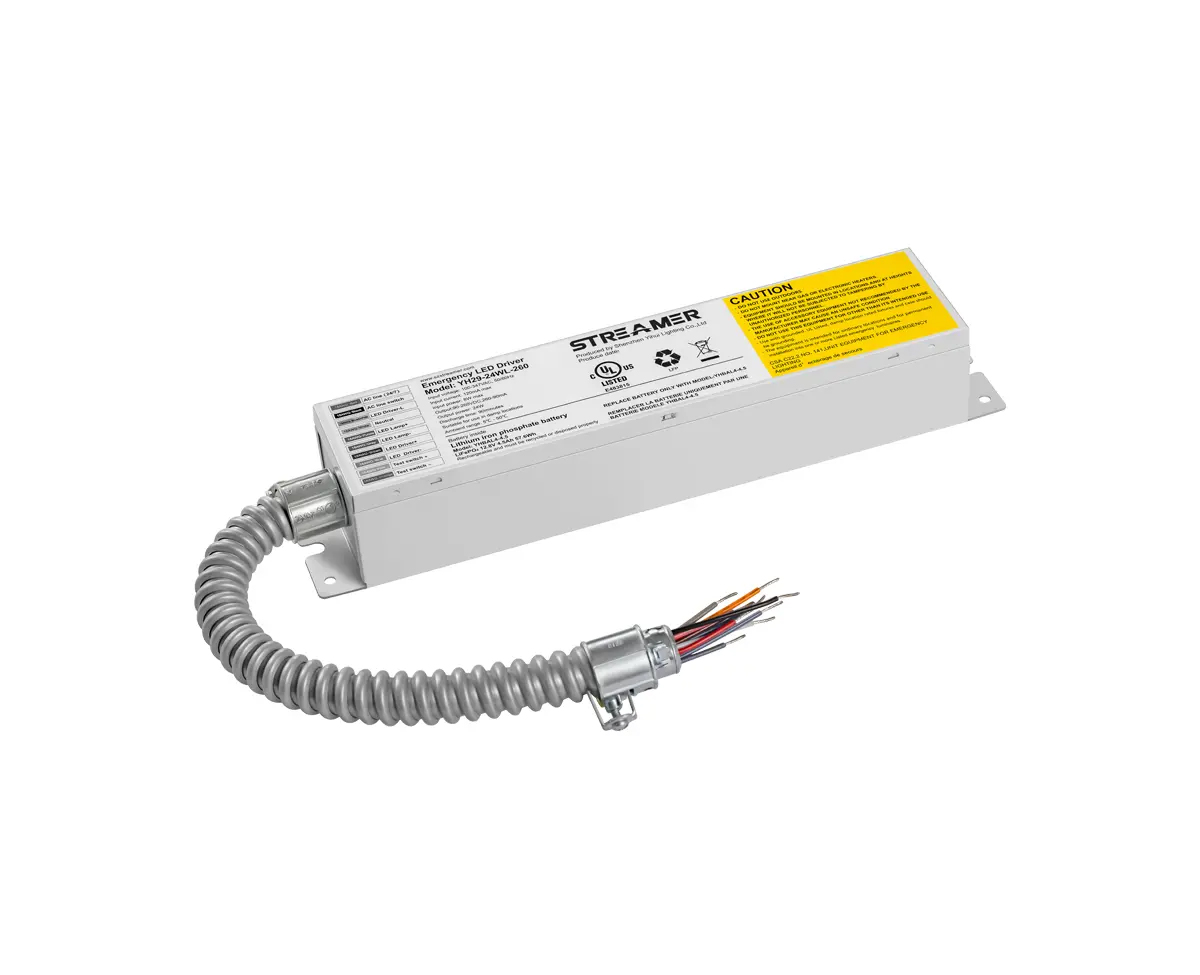 1
1
 Apr 04, 2025
Apr 04, 2025

An LED driver is a critical component that regulates power to LED lights, and its failure can manifest in various ways, often depending on the driver type (constant current vs. constant voltage) and the nature of the fault. Below are common symptoms indicating a malfunctioning LED driver:
LEDs Fail to Illuminate
The most straightforward sign of a failed driver is when the LED lights do not turn on at all. This is often caused by a complete breakdown of the driver’s internal circuitry, such as a blown fuse, defective transformer, or failed semiconductor components (e.g., MOSFETs, diodes). In constant current drivers, a faulty current regulator can disrupt power delivery, while in constant voltage drivers, a damaged voltage regulator may prevent output. Additionally, loose connections or corroded terminals in the driver can cause intermittent or total loss of power.
Flickering or Strobing Lights
Flickering indicates inconsistent power supply to the LEDs. This may result from deteriorating electrolytic capacitors in the driver, which lose their ability to smooth out voltage ripples over time. Dry or swollen capacitors are common culprits, especially in drivers exposed to high temperatures. In some cases, flickering can also be caused by a failing switching mechanism (e.g., PWM controller) or voltage instability due to a mismatched driver-load relationship (e.g., driver rated for 30W powering a 50W LED array).
Overheating or Burning Smell
A malfunctioning driver often generates excessive heat, which can be felt through the enclosure or observed as discoloration on the circuit board. Overheating is typically caused by inefficient power conversion, such as a clogged heat sink, failed cooling fan (in larger drivers), or internal component shorts. In severe cases, overheating can lead to smoke or a burning odor, indicating insulation damage or resistor/capacitor failure. This poses a fire hazard and requires immediate disconnection.
Abnormal Noises
A buzzing or whining sound from the driver usually signals mechanical or electrical issues. In switching power supplies, a loose inductor or transformer core can vibrate at high frequencies, producing audible noise. This may occur due to poor soldering, thermal expansion/contraction, or component degradation. In rare cases, arcing between damaged terminals can also create crackling sounds, indicating a serious fault.
Premature LED Dimming or Color Shift
If LEDs dim unexpectedly or exhibit color temperature shifts (e.g., warm white turning bluish), the driver may be delivering insufficient or unstable current/voltage. For constant current drivers, a failing current sensor or feedback circuit can reduce output current, while in constant voltage drivers, voltage drop due to resistor aging may cause dimming. This can also shorten LED lifespan by operating them outside their rated specifications.
Frequent Tripping of Circuit Breakers
A short circuit in the driver’s input stage (e.g., between live and neutral wires) can cause the circuit breaker to trip repeatedly. This is often caused by damaged isolation barriers, moisture ingress, or component failures that create a low-resistance path, drawing excessive current from the mains.
In summary, identifying a faulty LED driver requires a combination of visual inspection, electrical testing, and operational observation. Prompt replacement is essential to prevent further damage to the LED array and ensure safe operation.